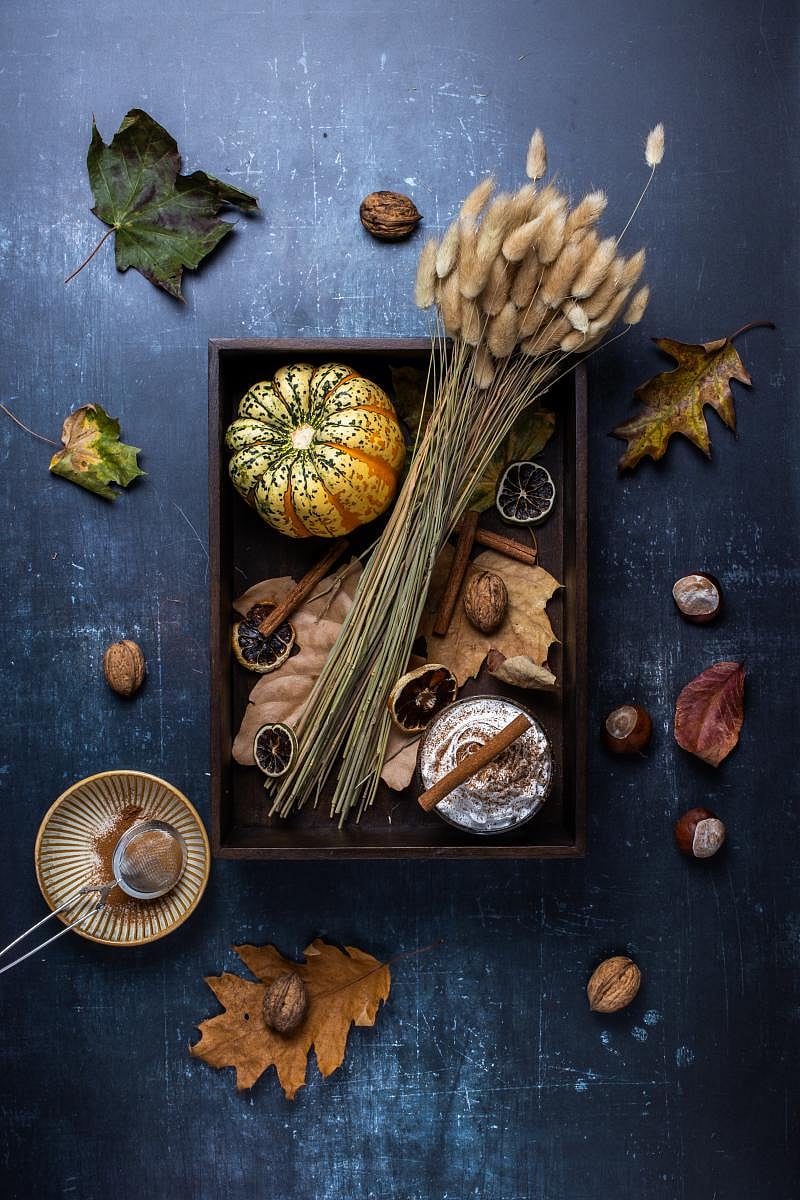
Cinnamon is a versatile condiment that has not just found its way into curries, milkshakes, wines, bread, cinnamon rolls, and rice but has a special place in our soul. Native to Ceylon, pure cinnamon is best known as Ceylon Cinnamon. It must not be confused with its cousin Cassia since both have their place in the culinary world. You can distinguish these cousins by their appearance.
The Ceylon Cinnamon is a light to medium brown, mildly flavoured spice with a hint of sweetness and thin, fragile layers rolled like a cigar. While its cousin Cassia is a dark reddish-toned, intensely aromatic, thick bark with a hollow centre.
Since both these spices belong to the same family and have identical appearances, a novice will find it challenging to identify them. The outer layers of both these spices are harvested after the bark is dried and fermented.
The only word of caution is that Cassia has a toxin named coumarin that could damage your liver on regular consumption. On the contrary, Ceylon Cinnamon, is expensive and has a very negligible percent of this toxin. People used cinnamon due to its healing properties when buying medicines over the counter for cough and cold was not possible.
Due to its antibacterial properties, our ancestors used it as a preservative.
So be fearless the next time you pick a jar of cinnamon from your kitchen, as this layered stick is a power-packed spice with a humble appearance.
(The writer is author of the cookbook Manna: Your Guide to Indian & Continental Cooking which is a result of her culinary journey during which she documented some of the most sought-after heritage recipes of India and elsewhere.)
Resonant flavourant
We are overwhelmed by the article’s response and thank each reader for sharing with us their heirloom recipes.
We were particularly impressed by Prabha Arkalgud’s creativity who took our humble rice and used cinnamon innovatively.
Thank you, Prabha for this flavourful recipe and the beautiful memory behind this recipe. On trying this recipe, one will be pleasantly surprised by the burst of flavour experienced in every bite.
“It all started with a big jar of fragrant cinnamon powder that my sister brought for my mother from America. Although my mother used cinnamon in masala powders and rice preparations, it was only in small quantities, roasted as a stick to add flavour to the preparation. She was quite at a loss as to how she could use the flavourful powder.
She shared some with her sister, who started adding the powder generously to curries and rice dishes. But at the same time, it was time to get creative! She prepared a tasty and flavourful rice dish using the powder one day.
A couple of years later I moved to the US. The dish was not forgotten though.
Some dishes, flavours and aromas NEVER leave us, ever! Fast forward to almost fifteen years later, one day all I had in my pantry were just the ingredients for my mother’s dish that I had fallen in love with. So, it was my turn to get creative.
That is how this Tomato Bhath recipe started. I enjoy preparing it for my daughters. It has been popular in their lunch boxes.”
Tomato Cinnamon Rice
Ingredients
Cooked rice: 1 cup
Tomato puree: 1 cup
Red chilli powder: 1 ½ tbsp
Finely chopped cabbage: ½ cup
Finely chopped mint leaves:
2 handfuls
Finely chopped garlic: 4 cloves
Cinnamon powder: 1 tbsp
Oil: 3 tbsp
Method
Heat oil in a thick bottomed pan. Add cabbage, mint, garlic and sauté until the cabbage cooks well.
Add tomato puree, cinnamon powder and chilli powder.
Cover and cook till the raw smell is gone and the oil separates.
Turn off the stove, add the cooked and cooled rice, salt and mix well.
Serve hot with your favourite raita but I suggest you have a few spoonfuls just like that.
(Recipe by Prabha Arkalgud)
One ingredient, one recipe
This column will celebrate food and explore the possibility of forming an invisible chain that will bind us together as a family. Picking the most important ingredient of ‘love’, we would want readers to send us a unique recipe using this very ingredient. The recipe should be one that has either a childhood memory attached to it or, an interesting fact, or even a food philosophy they learned from their ancestors. We will hand-pick one unique recipe and publish it along with this column the following month. Please share your heritage recipe and story in 300 words with “Food Family: Love” mentioned in the subject line to dhonsunday@deccanherald.co.in by April 26.
